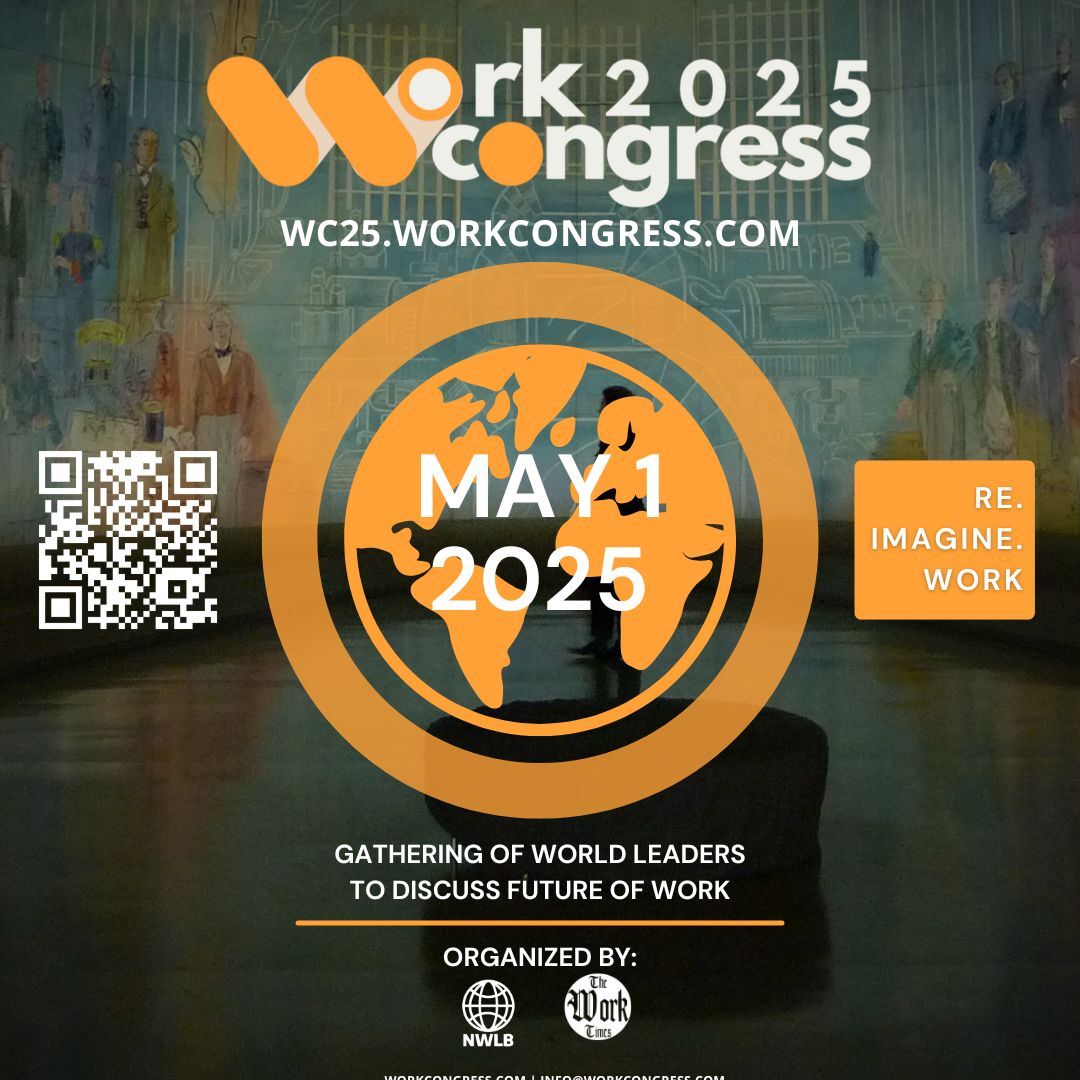As the world hurtles toward an AI-driven economy, the discussion surrounding artificial intelligence often gravitates toward regulation, ethical implications, and fears of widespread job displacement. Yet, a distinctive perspective has emerged from recent policy discussions—the prioritization of upskilling over protectionism. The Trump administration’s AI policy has put forth a clear and focused vision: prepare workers for the evolving landscape by equipping them with the skills necessary to thrive alongside advancing technology.
This approach marks a significant shift from conventional reactions to automation — which often emphasize safeguarding existing jobs through regulations or shielding industries from technological disruptions. Instead, it envisions a workforce empowered by continuous learning and adaptability, reflecting a deeper understanding that AI is not simply a threat but a tool to augment human potential.
AI Upskilling: The Centerpiece
The core of this policy framework is workforce upskilling, encompassing retraining programs aimed at expanding digital literacy, machine learning comprehension, and hands-on experience with AI systems. By investing in training initiatives, the policy aims to prepare workers not only to coexist with AI but to leverage it to enhance productivity and innovation.
This stance embraces the transformative reality that AI will redefine many job roles—from automating routine, repetitive tasks to supporting complex decision-making in fields like healthcare, manufacturing, and finance. By focusing on skill enhancement, workers gain agency in navigating this change rather than being passive victims of technological shifts.
Balancing Regulation and Workforce Empowerment
While the policy recognizes the importance of regulations to ensure AI is developed and deployed responsibly, it refrains from excessive controls that might stifle innovation or unnecessarily constrain job markets. Rather than imposing strict regulatory barriers aimed at slowing down adoption, the emphasis is placed on adaptable, principled governance that encourages ethical AI development while simultaneously fostering economic growth.
This dual focus represents a nuanced understanding: AI governance and worker preparation are complementary, not contradictory. Regulations set guardrails to prevent misuse and discrimination, while workforce upskilling ensures that people remain central in an AI-augmented economy.
Navigating the Complex Terrain of AI and Censorship
Another notable dimension touched upon is AI’s role in content moderation and censorship. The administration’s approach underscores the need for transparent, accountable AI tools that can manage digital content responsibly without infringing on free expression or enabling overreach. This delicate balance reflects broader societal concerns about AI’s power—not only in employment but in shaping public discourse.
Such concerns resonate deeply within workplaces reliant on digital communication and information flows, emphasizing the urgency of ethical frameworks that protect democratic values while harnessing AI’s capabilities to create safe, equitable environments.
What This Means for the Future of Work
Looking ahead, this AI policy perspective champions a future where workers are empowered architects of change rather than casualties of automation. By prioritizing education, training, and skill development, it cultivates a resilient workforce prepared to shift roles fluidly and apply AI tools creatively.
Moreover, this vision creates opportunities across sectors—whether it’s manufacturing embracing smart automation, healthcare integrating AI-assisted diagnostics, or service industries leveraging intelligent systems for enhanced customer experiences. The adaptability cultivated through upskilling becomes the workforce’s most vital asset.
Conclusion
The Trump administration’s AI policy challenges prevailing narratives that position AI as an existential threat to employment. Instead, it offers an inspiring alternative: one where technology and workers co-evolve through constant learning, underpinned by balanced regulation and ethical guidelines. For those tracking the future of work, this approach underscores a powerful, hopeful message—that the best way to navigate the AI revolution is not merely to compete against machines but to learn from them, collaborate with them, and invest fundamentally in human potential.

